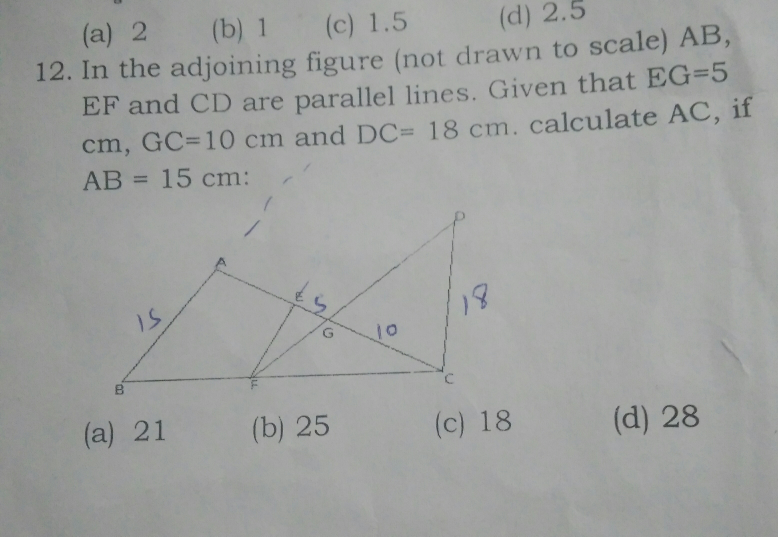
GeometryQuestion and Answers: Page 106
Question Number 23592 Answers: 1 Comments: 0
Question Number 23539 Answers: 1 Comments: 0
$$\int\mathrm{tan}\:^{\mathrm{6}} \mathrm{x}\:\mathrm{dx} \\ $$
Question Number 23477 Answers: 0 Comments: 0
Question Number 23418 Answers: 1 Comments: 0
$$\int\mathrm{sec}\:^{\mathrm{2}} \sqrt{\mathrm{x}}\:/\sqrt{\mathrm{x}}\:\mathrm{dx} \\ $$
Question Number 23408 Answers: 1 Comments: 0

Question Number 23317 Answers: 1 Comments: 0
$$\int\mathrm{sin}\:^{\mathrm{3}} \mathrm{x}\:\mathrm{cos}\:\mathrm{x}\:\mathrm{dx} \\ $$
Question Number 23312 Answers: 1 Comments: 2

Question Number 23262 Answers: 0 Comments: 2

Question Number 23251 Answers: 0 Comments: 1

Question Number 23226 Answers: 1 Comments: 4

Question Number 23253 Answers: 1 Comments: 8

Question Number 23179 Answers: 2 Comments: 1

Question Number 23212 Answers: 1 Comments: 1

Question Number 23170 Answers: 0 Comments: 2

Question Number 23138 Answers: 1 Comments: 1

Question Number 23133 Answers: 1 Comments: 0
Question Number 23162 Answers: 1 Comments: 1

Question Number 23122 Answers: 0 Comments: 3

Question Number 23050 Answers: 1 Comments: 0
Question Number 23034 Answers: 0 Comments: 1

Question Number 22896 Answers: 0 Comments: 1
Question Number 22787 Answers: 0 Comments: 2
Question Number 22661 Answers: 1 Comments: 1

Question Number 23796 Answers: 1 Comments: 0
$$\int\frac{\mathrm{2sinx}+\mathrm{3cosx}}{\mathrm{3sinx}+\mathrm{4cosx}}\:\mathrm{dx} \\ $$
Question Number 22545 Answers: 2 Comments: 0
Question Number 22525 Answers: 0 Comments: 4

Pg 101 Pg 102 Pg 103 Pg 104 Pg 105 Pg 106 Pg 107 Pg 108 Pg 109 Pg 110
